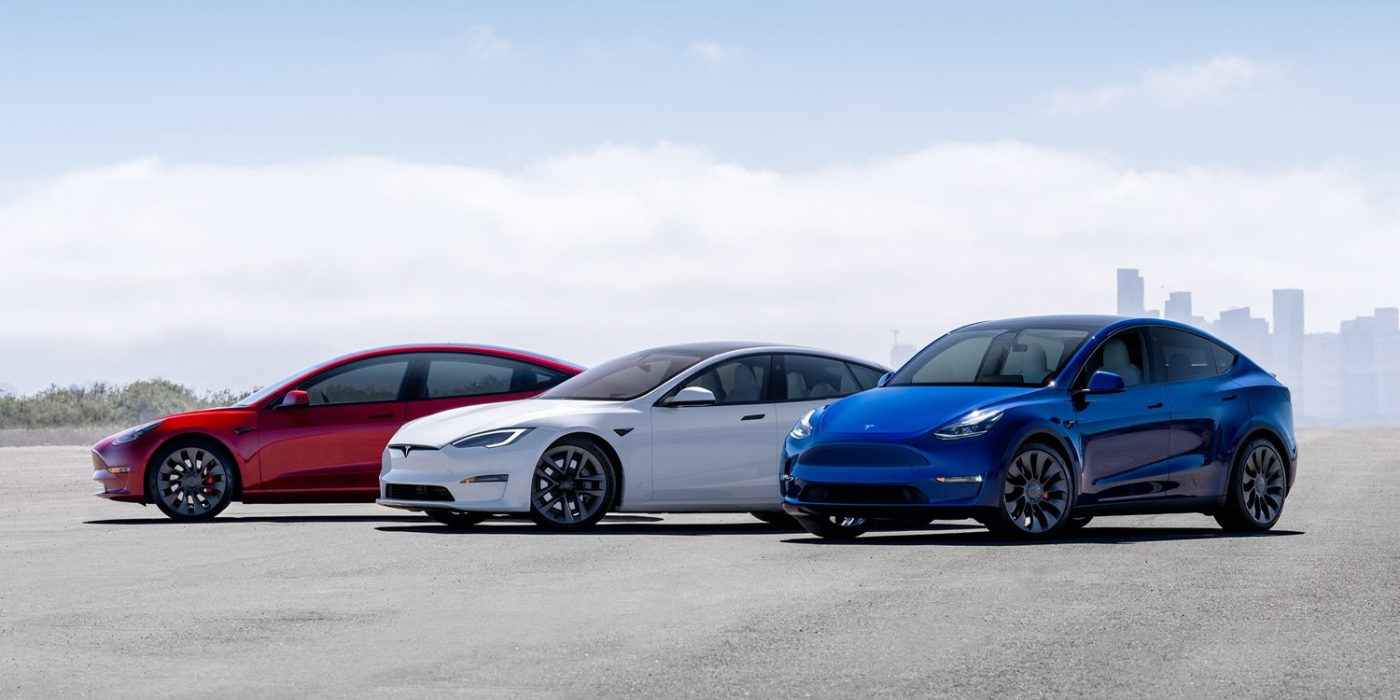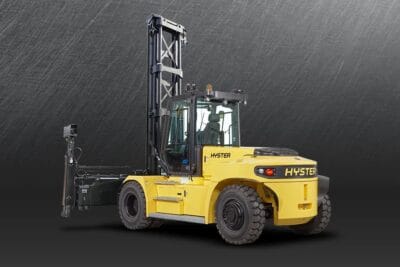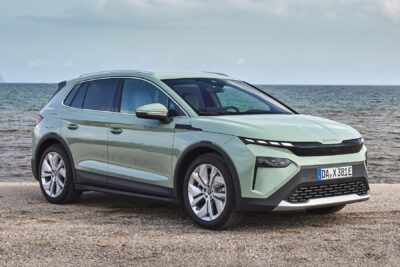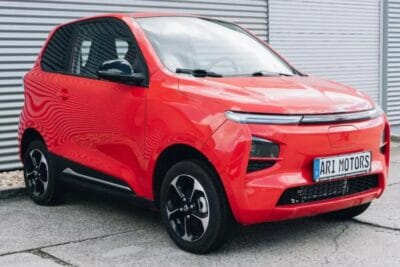2023 balance shows Tesla accepting setbacks for more growth
First, the most important financial figures: With a turnover of 96.8 billion dollars and a profit of 15.0 billion dollars, 2023 will go down as another year of growth for Tesla, as expected. The Texan company turned over 19 per cent more money in the past twelve months than in 2022. As usual, the automotive sector generated the lion’s share of 82.4 billion dollars, but at 15 per cent, it grew slightly below average compared to Tesla’s other business areas (such as the charging infrastructure and energy business). The fact is, things are moving at a somewhat slower pace. From 2021 to 2022, Tesla increased its annual turnover by 51 per cent.
Annual profit is also higher than before. But it is not an enormous leap from the 12.6 billion dollars from 2022 to 15 billion dollars (+19 per cent). Especially when reading in the balance sheets that the figure is primarily due to a one-off tax benefit of 5.9 billion dollars from the fourth quarter. Without this, the annual profit would have fallen short of the 2022 result. That passage in the annual report reveals how much Tesla has cut back on profitability in favour of a higher market share. The US electric car manufacturer has pursued this course since the beginning of 2023 with a brutal price war tactic.
Operating margin fell to 9.2%
The strategy is reflected particularly clearly in the operating margin, which fell from 12.1 and 16.8 per cent in 2021 and 2022 to 9.2 per cent within the last twelve months. While Tesla emphasized in its annual report a year ago that it had the highest operating margin among volume manufacturers, the company left the new percentage figure uncommented. Instead, Tesla emphasized that free cash flow in 2023 remained strong at 4.4 billion US dollars, “even as we focused on future growth projects with our highest capital expenditures and R&D expenses in company history.” By comparison, free cash flow amounted to 7.6 billion dollars at the end of 2022.
The fourth quarter contributed the most to Tesla’s 97 billion dollar annual revenue: 25.2 billion dollars in revenue (+3 per cent compared to Q4/2022), of which 21.6 billion dollars came from the automotive business, is a new quarterly record – albeit a close one. The GAAP surplus between October and December was exorbitant in view of the aforementioned one-off tax effect: The 7.9 million dollar profit is an absolute outlier on the year (Q1: 2.5 billion dollars; Q2: 2.7 billion dollars; Q3: 1.9 billion dollars) on the upside (+115% YoY). They alone account for more than half of the annual profit. A look at the operating income (USD 2.1 billion, -47% YoY) and the operating margin (8.2%) is more valid for the performance in the fourth quarter. Both figures indicate that after a dip in the third quarter with comparatively narrow profits and a slump in the margin, things are picking up again, but only slowly.
Two out of every three Teslas sold are Model Y
Tesla states that for them, increasing vehicle deliveries plays a significant role in growth. The production and delivery figures for the fourth quarter of 2023, and therefore for the year as a whole, were published earlier this month. The manufacturer delivered a record 484,507 vehicles in Q4/2023, increasing full-year deliveries to 1,808,581 vehicles – an increase of 38 per cent compared to 2022. China accounted for almost exactly one-third of deliveries (603,664 vehicles).
Meanwhile, Tesla’s global production increased by 35% (Q4/2023: 494,989 vehicles, achieving 1,845,985 vehicles over the full year 2023). The biggest growth driver was the Model Y. “In 2023, we delivered over 1.2 million Model Ys, making it the best-selling vehicle, of any kind, globally,” Tesla says in its annual report. As the Model Y and Model 3 volume models are otherwise only reported together, this comment provides a rare insight into the US manufacturer’s internal sales statistics. The Model Y accounted for two-thirds of Tesla’s total sales last year.
Since the Model S and Model X accounted for less than 70,000 units of total sales in 2023, it can be deduced that the Model 3 accounted for slightly more than 500,000 deliveries. The small Tesla saloon is built in Fremont, USA, and in Shanghai for the global markets – but there was a production pause of several weeks in China when Tesla switched to the revised Model 3 Highland.
Sales are not only unevenly distributed in terms of vehicles but also in the energy business. Tesla continues to suffer declines in solar roofs, with only 41 MW installed in Q4/2023. That is not only the lowest quarterly figure of the year, but also a whopping 59 per cent less than in the previous year’s fourth quarter (100 MW). On the other hand, the energy storage business is developing better: 3,202 MWh installed is also the lowest figure this year, but it exceeds the 2,462 MWh of Q4/2022 by 30 per cent.
However, Superchargers are also generating revenue with the charging power they sell, even if Tesla does not report this separately. One thing is clear: with 54,892 Supercharger charging points (+29 per cent) at 5,952 Supercharger locations (+27 per cent), the Tesla charging network has continued to grow steadily. However, the development in the current year will be interesting: the numerous car manufacturers that are switching to Tesla’s NACS in North America want to offer their existing customers NACS adapters in 2024 and integrate the Superchargers into their charging services. That means that there is likely to be an increase in third-party chargers at the Superchargers, potentially increasing sales from the Tesla charging network.
Elsewhere in the annual report, Tesla reveals what it may have with the highest investment expenditure in the company’s history mentioned above. The ramp-up of the Cybertruck will take longer than for other models, as its production is complex, Tesla announced. The manufacturer states the annual production capacity for the electric pickup at the plant in Texas as “over 125,000” in the current annual report, in addition to 250,000 units of the Model Y. Since, according to Tesla, capacities in Shanghai (from over 750,000 to over 950,000 units recently) and Berlin (from 250,000 to 375,000) have also increased and 650,000 vehicles can still be produced in Fremont, the manufacturer’s theoretical total capacity has increased from 1.9 to 2.35 million cars per year in the past six months.
In retrospect, Tesla emphasizes the performance of its Fremont plant for 2023: “Before Tesla purchased the Fremont factory, the record output of the previous
owner was nearly 430,000 vehicles made in a single year. In 2023, the Tesla
Fremont factory produced nearly 560,000 vehicles thanks to our ~20,000 Fremont-based employees.” The production facility in Shanghai has recovered from the planned downtime in Q3. “Production of the updated Model 3 ramped to full speed in less than two months.” Berlin continues to increase its weekly production rate and production volume.
36,000 dollars in production costs per vehicle
The US manufacturer cites further successes in the past year, including progress in software for autonomous driving and a further reduction in manufacturing costs per vehicle to “just above 36,000 dollars.” However, there is gradually a natural limit to cost reduction, which the carmaker is approaching with the existing vehicle range. That is why Tesla also emphasises that it will bring its next-generation platform, which is currently under development, to the market “as quickly as we can.” According to unconfirmed information, it will serve as the basis for a new compact electric vehicle from mid-2025, which will roll off the production line in Texas.
Interestingly, Tesla does not mention any delivery targets for 2024 in its current annual report – neither in absolute figures nor as a percentage. A year ago, it stated that the company was targeting 1.8 million BEVs for 2023. For around three years, the company has repeated that it aims for an average annual increase in deliveries of 50 per cent over a multi-year horizon.
Outlook for 2024
Tesla provided nothing of the sort this time, stating: “Our company is currently between two major growth waves: the first one began with the global expansion of the Model 3/Y platform and the next one we believe will be initiated by the global expansion of the next-generation vehicle platform. In 2024, our vehicle volume growth rate may be notably lower than the growth rate achieved in 2023, as our teams work on the launch of the next-generation vehicle at Gigafactory Texas. In 2024, the growth rate of deployments and revenue in our Energy Storage business should outpace the Automotive business.”
Is Tesla being modest? Not quite. The carmaker also states: “This [new] platform will revolutionize how vehicles are manufactured.”
tesla.com (PDF)





0 Comments